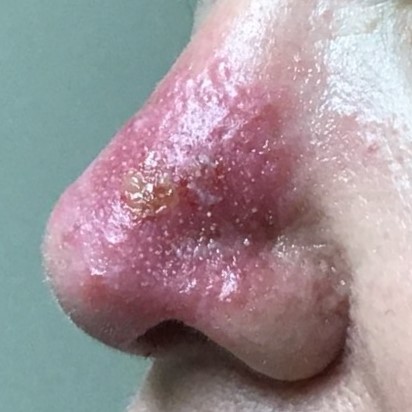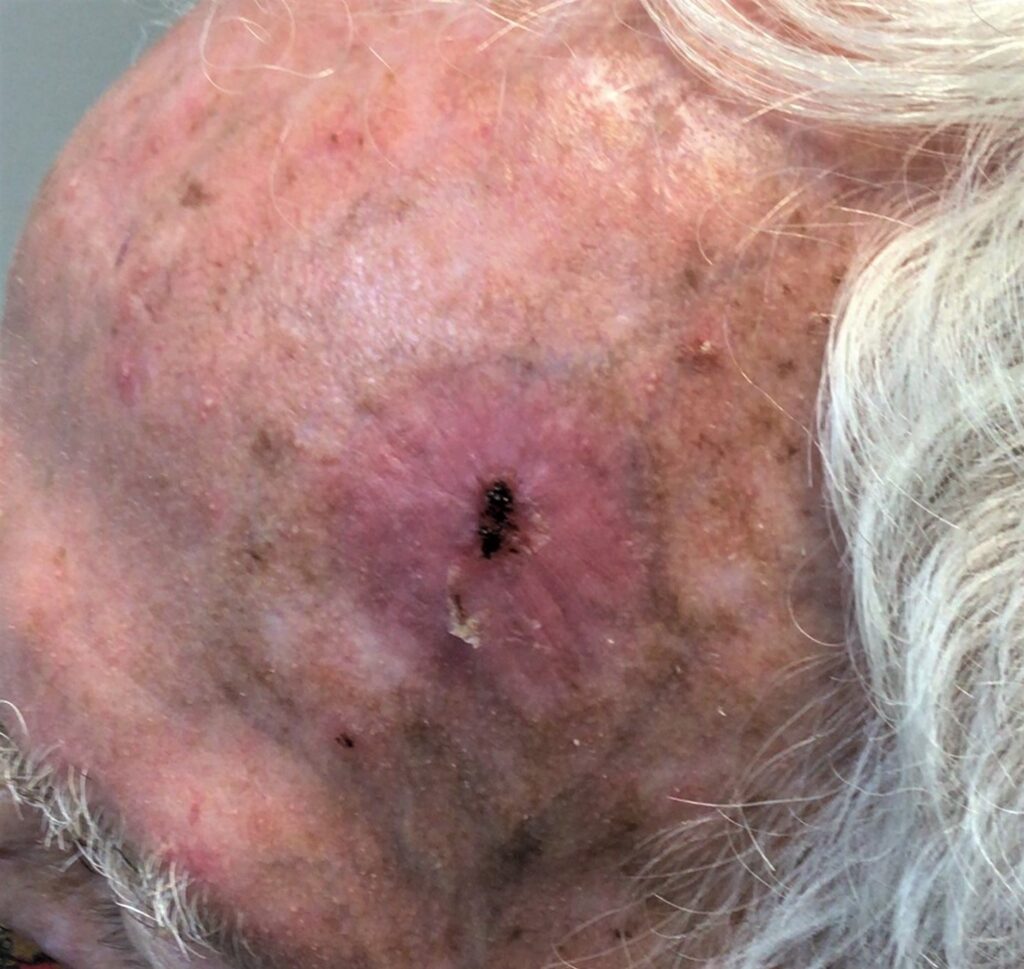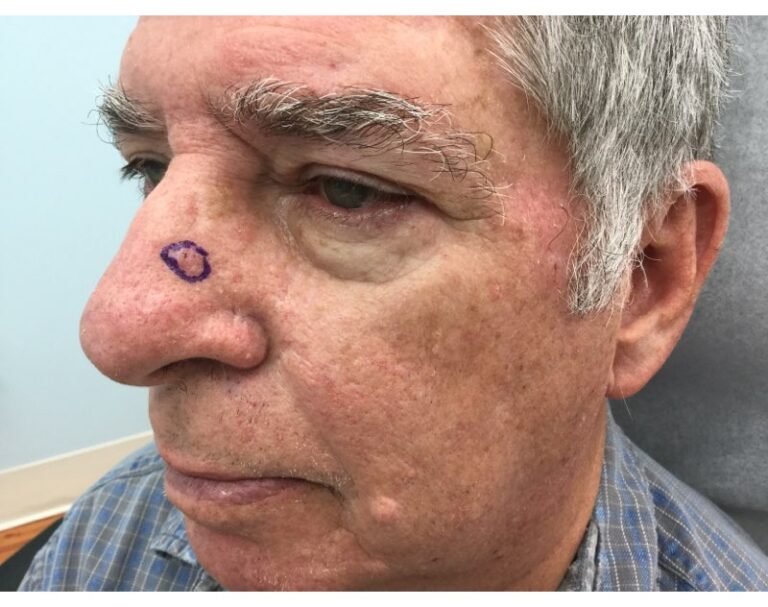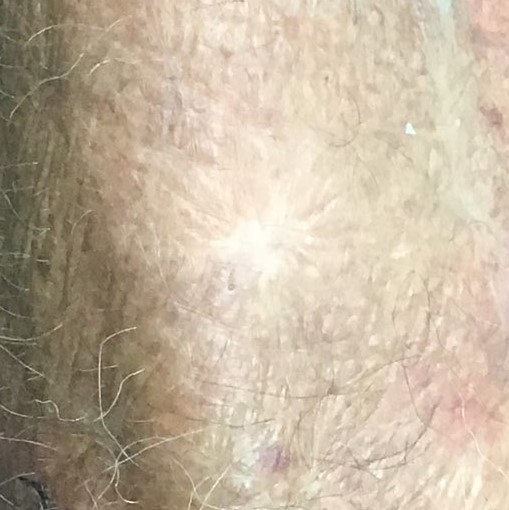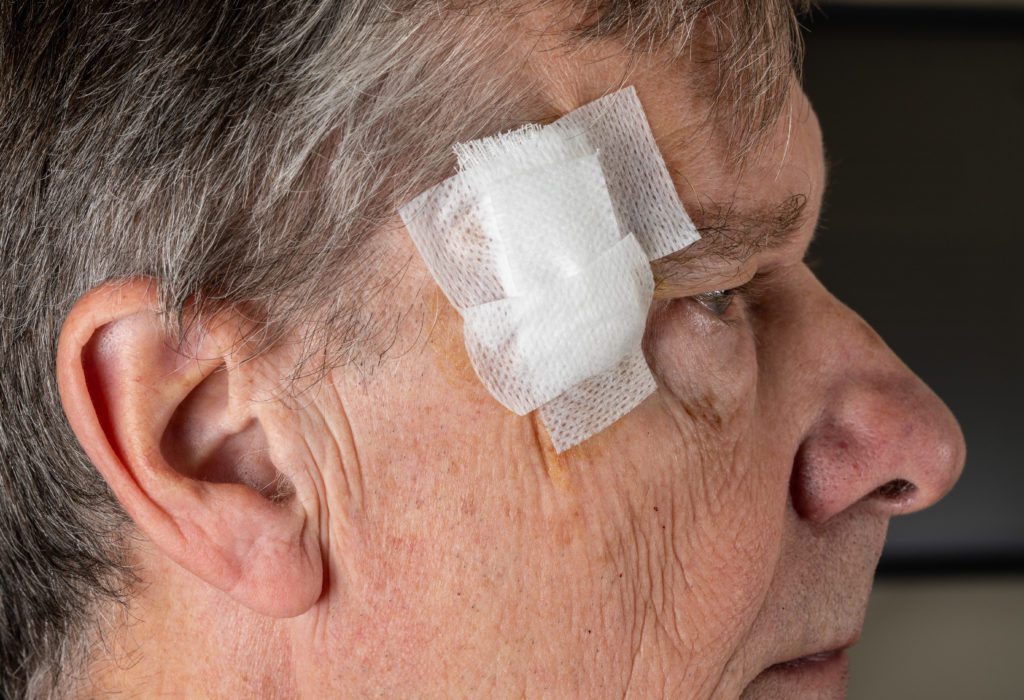
Experience with Mohs surgery varies from individual to individual, but some common side effects include pain, bleeding, and scarring. If you’re concerned about the scar after the reconstruction of the affected area– especially on visible areas like the face, then you would want to know how you can dull the appearance as much as possible. Keep on reading to learn about what you can do to reduce how visible your Mohs scar is during and after the healing process.
6 Ways to Reduce Appearance of Mohs Surgery Scar
- Cover the wound with a bandage: Keep the wound covered with a pressure dressing for the first 48 hours post-surgery or until your provider has instructed you to. This specific dressing will prevent any debris from the wound, apply the right amount of pressure, and absorb any excess fluid. Take care of the wound properly.
- Keep the wound moist: Along with bandage coverage, you should also apply certain ointments and emollients to aid the healing process, reduce scarring, and lower the amount of irritation. Common ointments are Aquaphor®, Bio Oil®, vitamin E oil, and silicone scar gel.
- Stay out of the sun: When the Mohs scar is new, it is fragile and highly susceptible to sun damage, so it is crucial for you to avoid the sun as much as possible. If the scar is damaged, it will darken to a dark brown color and you may be at risk of developing another skin cancer. Minimize all exposure, including tanning beds, and when you have permission from your healthcare provider to use sunscreen, be sure to apply enough if you have to be out and about.
- Allow healing until a complete recovery: You might want to reduce the scar appearance as soon as possible, especially if it’s visible. However, the healing process can take up to 6 months, so you have to be patient for the full recovery before exploring any other options. If you don’t wait for a full recovery beforehand, those options could worsen your scar.
- Apply silicone: While you can use silicone scar gel to keep the wound moist during the healing process, you can also rely on silicone to help dull out the appearance of the Mohs surgery scar after the incisions have been completely healed. Silicone gel can be applied directly to the scar and silicone strips should be worn 12 hours a day for at least three months.
- Consider scar revision treatments: Along with silicone usage, you can also look into scar revision treatments after you’ve gone through the healing process. The purpose of these treatment options is to make the scar as flat as possible by decreasing the number of scar tissues visible in the area. Common procedures include intralesional injections, laser skin resurfacing, dermabrasion, and subcision.
Consult with Your Healthcare Provider About Mohs Scar Treatments
While Mohs surgery preserves as much healthy tissue as possible and requires less reconstruction compared to other types of treatment, the scar is inevitable from the reconstruction. Before determining which option is best for you, be sure to talk to your healthcare provider to explore all of the available options. You can also speak to one of our skin cancer information specialists at 855-936-4411.


